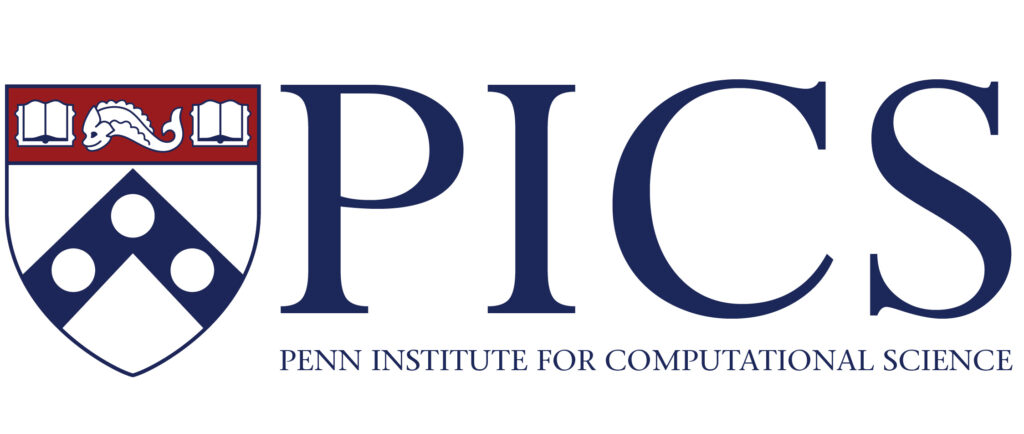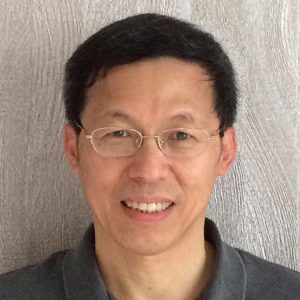On Friday, October 21 at 2:00 PICS will present a colloquium featuring Dr. Meng Wang, Professor of Aerospace and Mechanical Engineering at the University of Notre Dame College of Engineering.
Title: Computation of Flow-Induced Sound at Low Mach Numbers
Abstract: Flow-induced noise is a significant problem for air, road and marine vehicles as well as many other engineering applications. At low Mach numbers, large disparities in energy levels and length scales between the flow and the concomitant sound present unique challenges for acoustic predictions. This talk will start with a brief overview of computational methods for low-Mach-number flow noise in the framework of Lighthill’s aeroacoustic theory in combination with high-fidelity flow simulations, followed by a discussion of recent investigations of several aeroacoustic problems involving airframe noise and propeller noise. A study of rotor interaction with an axisymmetric turbulent boundary layer (TBL) at the tail-end of a body of revolution (BOR) will be highlighted. The TBL on the nose and midsection of the BOR is computed using wall-modeled large-eddy simulation whereas that in the acoustically important tail-cone section is wall resolved. This approach is shown to predict the correct turbulence statistics of rotor inflow and sound-pressure spectra compared with experimental data. Correlation and spectral analyses demonstrate rapidly growing turbulence structures in the decelerating tail-cone TBL whose interaction with successive rotor blades generates spectral peaks, known as haystacking peaks, in the broadband sound pressure spectra. The spatial and frequency characteristics of blade acoustic dipole sources will be discussed in relation to the turbulence properties of the boundary layer.
Bio: Meng Wang is a Professor in Aerospace and Mechanical Engineering at the University of Notre Dame. Before joining the Notre Dame faculty, he worked at the Stanford/NASA Center for Turbulence Research from 1992 to 2005. He received his M.S. and Ph.D. degrees in Mechanical Engineering from the University of Colorado, Boulder and B.S. degree from Zhejiang University (China). His research has focused on applying computational techniques to solve engineering fluid dynamics problems and study the underlying flow physics, with applications to flow-generated sound (aeroacoustics and hydroacoustics), flow-induced optical distortions (aero-optics) and flow control. He is a Fellow of APS and an Associate Fellow of AIAA.

